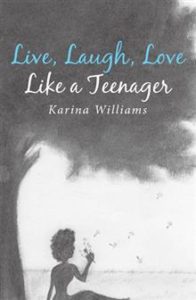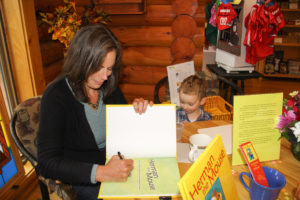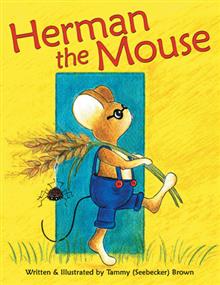Whitney Eklof is currently an offline marketing specialist for Author Solutions, the world leader in supported self-publishing. She has a master’s degree in telecommunications from Indiana University, focusing specifically on storytelling across a range of mediums and storyworld creation. While at IU, she also served as an associate instructor, educating students about writing, storytelling, and other telecommunications-related subjects, and worked as a writer for Indiana University’s Media Team.
Creativity can be hard to come by. Some days we’re just worn out, or we feel we’ve exhausted our creative juices. Writing, an inherently creative process, is no different. There are days we’re just dog-gone out of the dose of creativity we need to keep pushing our story forward. However, we don’t have to languish in our creative void – there are a whole host of creative exercises we can try to get our writing juices flowing again. Below are just a few suggestions, from the obvious to the obscure.
The obvious
Free write: You are probably familiar with this technique. Simply set aside what you’re working on and write. Write whatever comes to mind; write in full on stream-of-consciousness. Don’t worry about spelling or grammar mistakes or that the paragraphs don’t flow together. Just write. Free what’s in your heart and mind and put it on a page – you never know where it’ll take you.
 Read: We are often inspired by others. In fact, that may be the reason you started writing in the first place. Maybe you read a story that sucked you in completely and charged you up to write something of your own. Take some time to go back to those roots. Read something you really enjoy; even better if it’s in the same genre you’re writing in. See how someone else spins a sentence or brings a character to life. Let someone else inspire you instead of trying to will creativity into existence.
Read: We are often inspired by others. In fact, that may be the reason you started writing in the first place. Maybe you read a story that sucked you in completely and charged you up to write something of your own. Take some time to go back to those roots. Read something you really enjoy; even better if it’s in the same genre you’re writing in. See how someone else spins a sentence or brings a character to life. Let someone else inspire you instead of trying to will creativity into existence.
Utilize writing prompts: There are hundreds of books and websites full of writing prompts. Whether or not they relate to your book’s subject-matter, taking on a prompt can let your mind roam free. Don’t be afraid to embrace a genre you don’t normally write in either! Writing prompts give you just enough direction to send you down the path to creativity.
The not so obvious
Exercise: When we think about trying to jog our writing creativity, we often focus on writing-related exercises (the obvious ones mentioned above), but exercises unrelated to writing can also help us find the creativity we need to finish that next chapter. In comes the most straightforward exercise of all: exercise. It gets your heart pumping, gets you out of that hunched-over-your-laptop position, and just flat-out increases creativity. Scientific study even supports it!
Meditate: Mindfulness meditation has exploded in popularity over recent years. Mindfulness is about slowing down, taking in your surroundings (and your body), and simply being. It’s a practice about being present, and not letting the distractions of life in. The process of mindfulness can boost creativity as it helps us focus and frees us from worry or tangential rabbit holes.
The obscure
Play: That’s right, play. Sit down with your children, nieces, nephews, pets, or even by yourself and play. Free your mind from stress and worries and just imagine yourself as a princess, a powerful wizard, or simply be your dog’s favorite ball thrower. Play not only incorporates exercise; it helps expand our thinking in new directions. Instead of thinking linearly all the time, we open ourselves to more lateral thinking and associations. You might be surprised at how creative kids can be, they may end up providing the inspiration you needed. Beyond that, play is simply important, whether you’re a kid or an adult.
Restrict yourself: This one probably seems counter-intuitive. You probably imagine creativity is a product of freedom, and sometimes that’s true. However, there is power in restricting yourself, as the story behind the creation of Dr. Seuss’ classic, “Green Eggs and Ham,” demonstrates. By reigning in your boundaries, you’re forcing your brain to work within confines it may not be used to – giving it a new challenge, and forcing you outside of your comfort zone.
Creativity is something we can find in the most unexpected of places, and it’s something essential to writing – no matter if we’re writing a sci-fi saga or a how-to helper. When our creativity wanes, it can bring our writing to a halt, but it doesn’t have to spell the end of our story. There are thousands of creative exercises out there and the ones listed here are but a few. So, please, take some of the ideas listed above and give them a whirl, or share some of your own creative exercises to help a fellow writer out of their creative void.
Write on, fellow writers!
Archway Publishing is always looking for content for its blog. If you’re an Archway Publishing author and would like to share an idea for a guest blog post, please tweet the Archway Publishing Twitter account @ArchwayPub or send us a message at the Archway Publishing Facebook page.
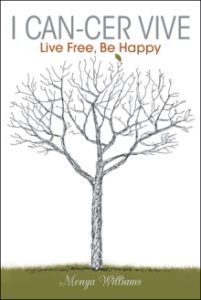 Blog to Book
Blog to Book
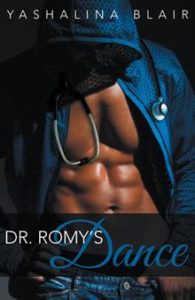

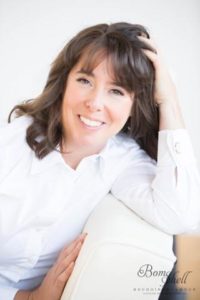
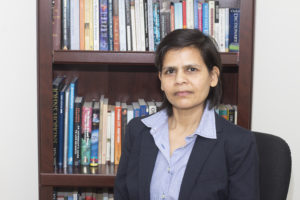

 Read: We are often inspired by others. In fact, that may be the reason you started writing in the first place. Maybe you read a story that sucked you in completely and charged you up to write something of your own. Take some time to go back to those roots. Read something you really enjoy; even better if it’s in the same genre you’re writing in. See how someone else spins a sentence or brings a character to life. Let someone else inspire you instead of trying to will creativity into existence.
Read: We are often inspired by others. In fact, that may be the reason you started writing in the first place. Maybe you read a story that sucked you in completely and charged you up to write something of your own. Take some time to go back to those roots. Read something you really enjoy; even better if it’s in the same genre you’re writing in. See how someone else spins a sentence or brings a character to life. Let someone else inspire you instead of trying to will creativity into existence.
